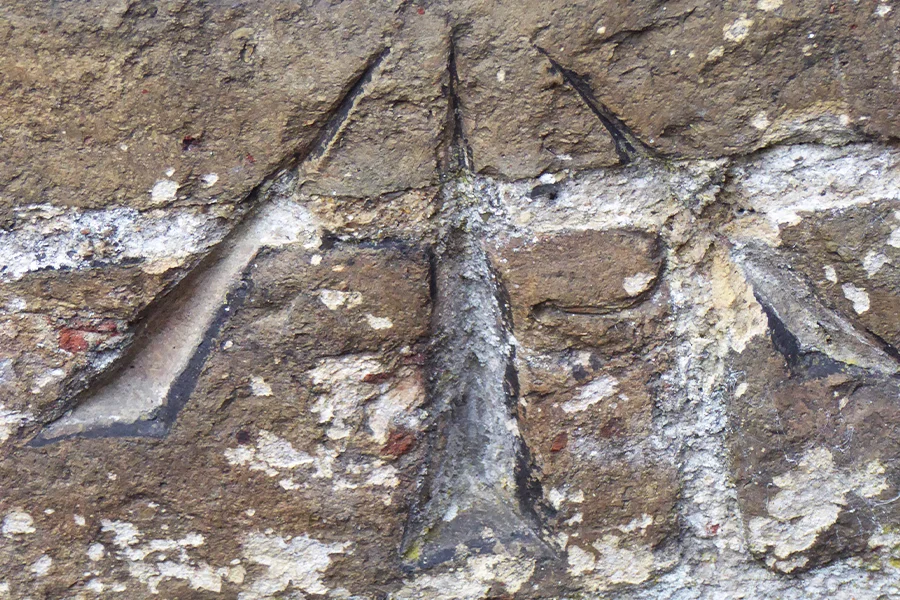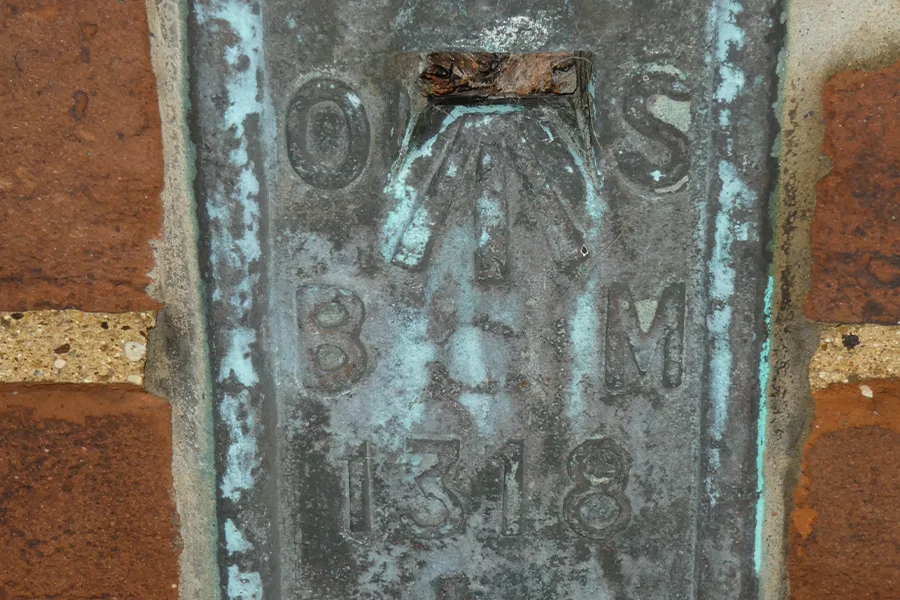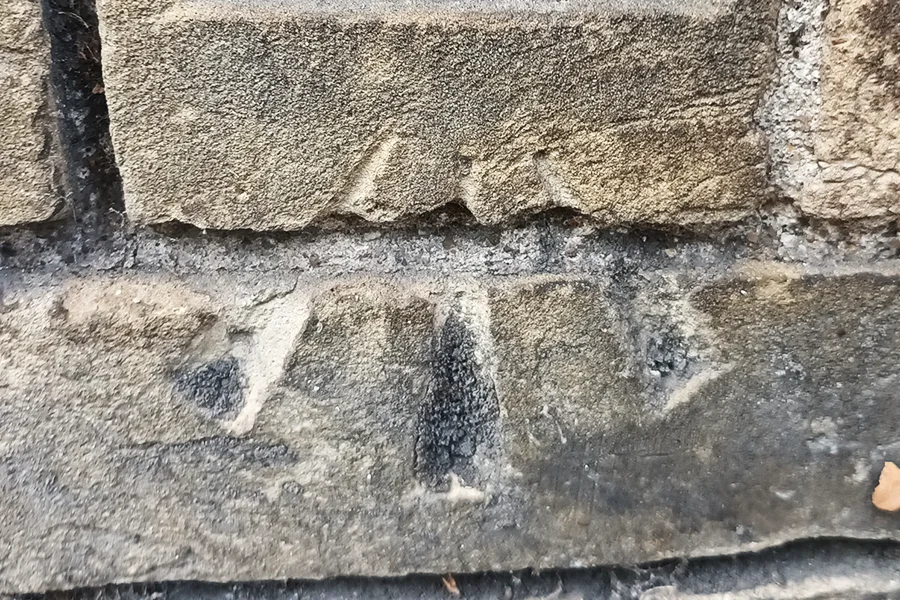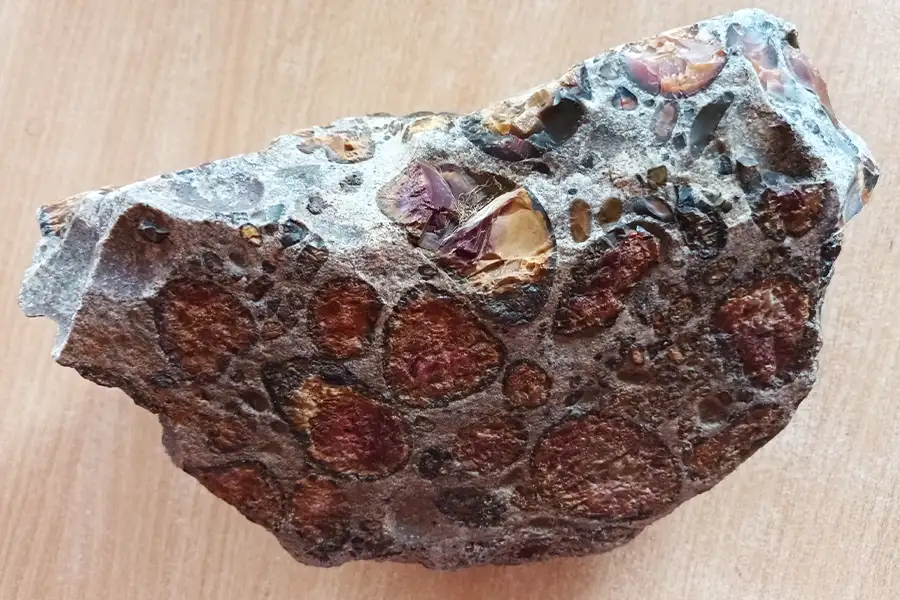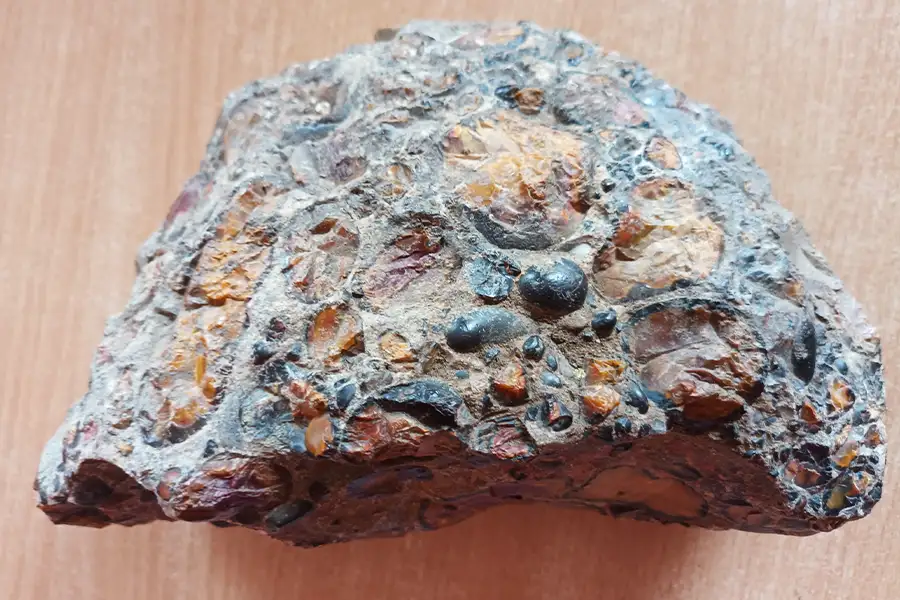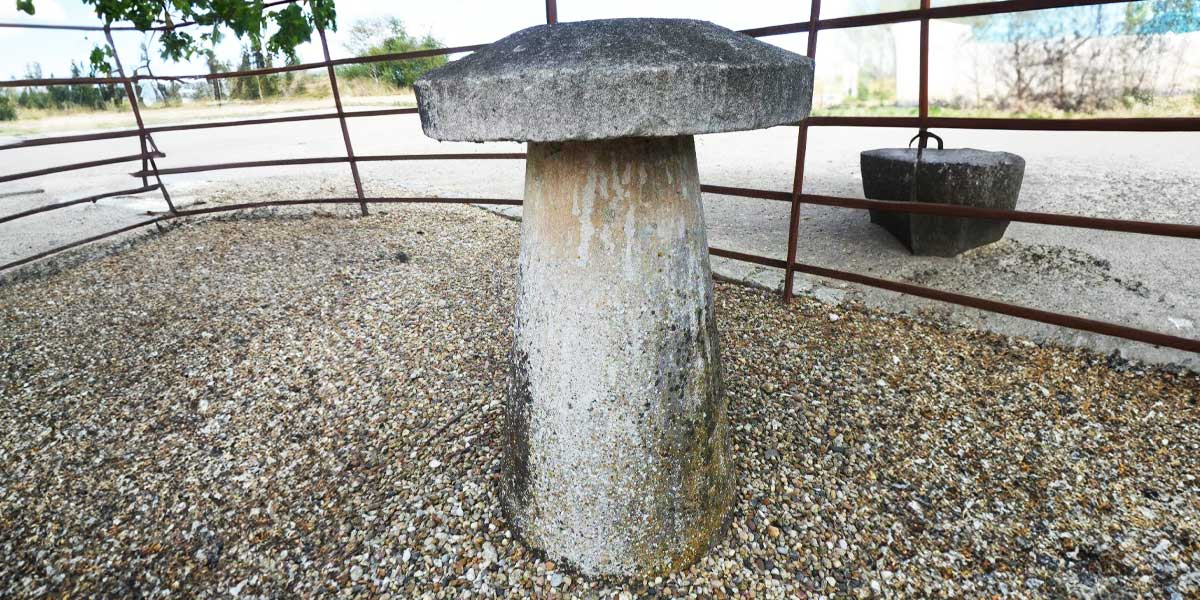
Staddle
A base support about a metre high. Often used as foundation supports to jack a building up above the ground. Thought to originate from steddle (stones) and stathol (for foundation). Often formed in two sections, being a column and overlapping flattened cap. The mushroom shape is perhaps the most common with a tapered base and rounded overlapping head. They have been in use for literally hundreds of years, most often under granaries, bee hives, game larders, hay ricks and storage silos.
There were a number of reasons for use. Most often it was to prevent water rotting the building base of the building or the contents…especially when there was lying water. Providing a free flow of air beneath a structure, such as a hay rick was also a pretty good idea, and particularly important for say smelly hen house coops, or perhaps to assist in helping to drying grain produce inside.
The stones with caps, such as the mushroom, also made it very difficult for vermin such as rats to gain access and also went a long way to deterring predators such as foxes.
Naturally the larger the building the more supporting stones were required, but for small units they are often to be found in a 4 by 3, or 3 by 3 patterns, with fairly heavy timbers across the caps to support the buildings.
Naturally weight depends upon size, shape and the type of material, but a single unit could be anywhere between 8 and 13 stone. Though extremely heavy, they might be difficult to move, but were relatively easy to position.
The raised structure meant having steps to get up there made life easier. These were often demountable and stored beneath the structure, or hung by hooks on the building façade.
Cutting the supports from stone was skilled work and time consuming. It was therefore not unusual for them to be reclaimed and reused time and time again – they can therefore be literally Centuries old. They were made from whatever could be sourced locally, so range from Purbeck to Portland, granite to sandstone. Shape often changed from one region to another, but better known variations include the Cumbrian pillar and cap, Cotswold rectangular bottom with round top, triangular Wiltshire or square base Monmouth.
Old stones hewn by a mason, normally have rough faceted faces with chisel marks. By the mid to late Victorian era they were being mechanically produced and those tend to be a more even shape, so with relatively smooth tooled faces.
Today they are prized as garden ornaments and those weathered with a healthy covering of lichen or moss sought after. As values soared so theft became increasingly common. It is not uncommon to find concrete reproductions in gardens, distressed to create an aged appearance.
Those based on a five sided pentagon were extremely popular, largely because of the mystery that magical Wiccan shape embodies.
Bench Marks
Unveiling the hidden markers that shaped the UK's accurate mapping – now overlooked, yet in plain [...]
Imperial Lengths and Areas
Although officially only used since 1824, there was 141 years until Great Britain changed to the [...]
Ancient Marvels: Uncovering the True Identity of a Pudding Stone Beehive Quern
Discover the fascinating history behind a 60-million-year-old artifact, mistaken for Portland cement, and its journey [...]
